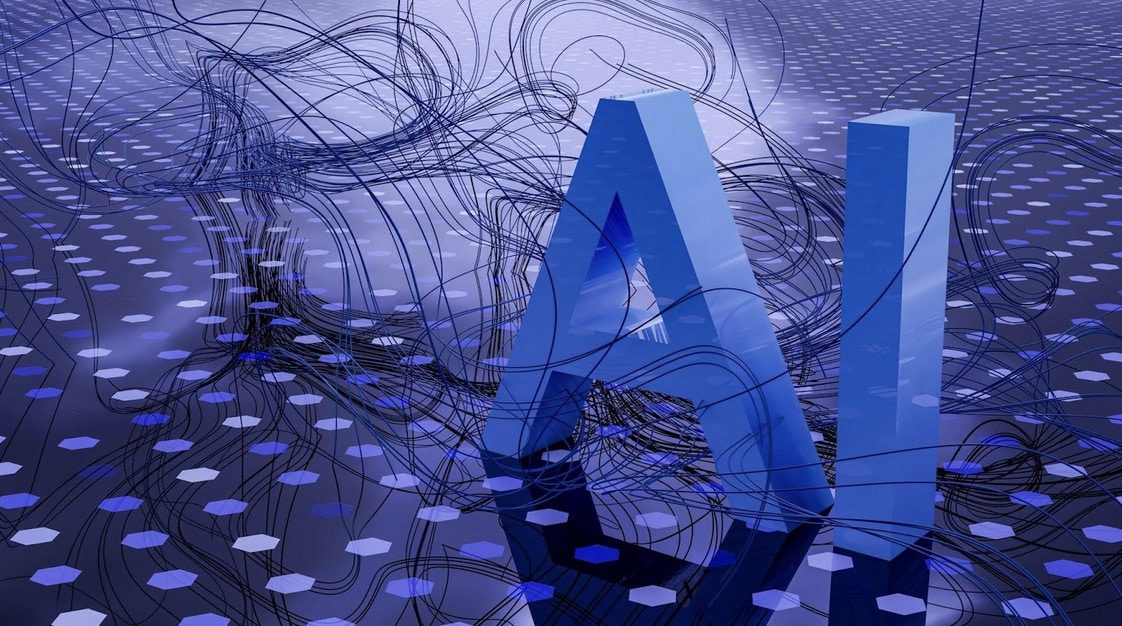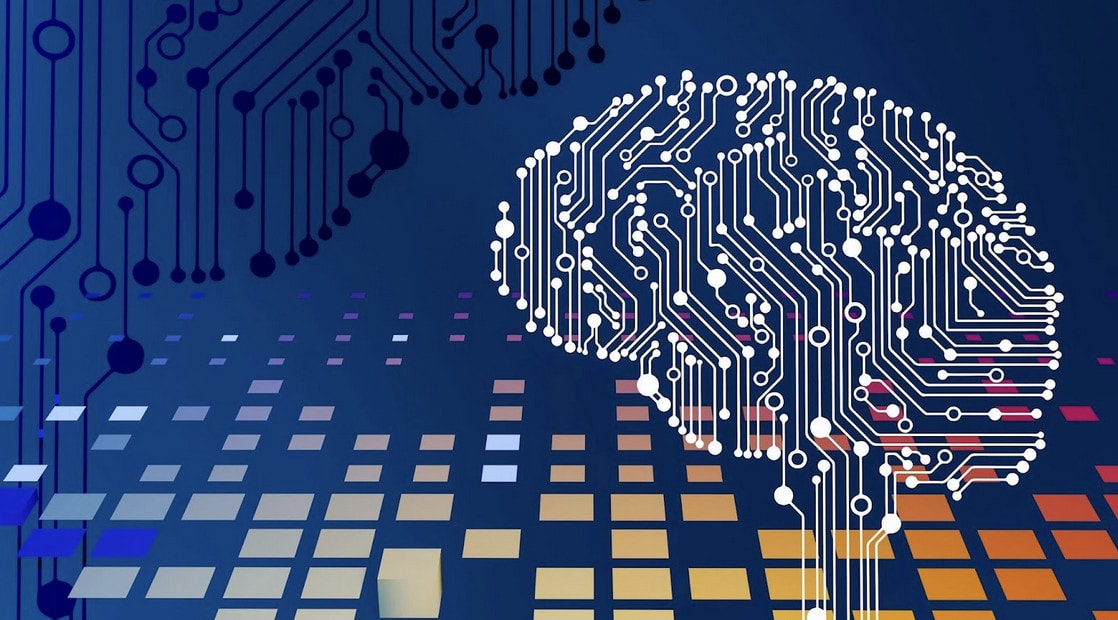Retrieval augmented generation (RAG) represents a significant leap forward in artificial intelligence, particularly in the field of natural language processing (NLP). By combining the capabilities of information retrieval with advanced text generation, RAG is setting new benchmarks for AI’s role in various sectors.
Here are five key applications of retrieval augmented generation that highlight its practical and transformative potential.

Advanced Question-Answering Systems
Retrieval augmented generation greatly improves question-answering systems by combining the capabilities of information retrieval with sophisticated text-generating techniques. This interface enables AI systems to retrieve and analyze extensive volumes of data, resulting in exceptionally precise and contextually appropriate responses to user inquiries.
Enhanced performance is crucial for a wide range of applications, including customer service systems, where accurate responses may greatly enhance user satisfaction, as well as educational tools that offer students dependable and useful answers.
The capacity of RAG to amalgamate information from various sources guarantees prompt and well-informed responses, rendering these systems more user-friendly and helpful for anyone in search of swift and precise information.
Advanced Content Generation
The emergence of RAG has completely transformed the process of generating material in different fields, such as automated journalism and creative writing. RAG utilizes its capacity to retrieve pertinent data and statistics to ensure that the produced content is both authentic and abundant in information and precision.
The ability to adapt content production processes offers content creators the advantages of scalability and efficiency, allowing them to generate high-quality material at an unparalleled speed. In addition, RAG’s capacity to integrate intricate and comprehensive data enhances the appeal and worth of the created material to the viewers, establishing novel benchmarks for automated content generation and expanding opportunities for customized and well-informed content dissemination.
All in all, RAG can be used across all industries and businesses, and through advanced content generation, can enjoy cost savings on top of quality content.

Thorough Text Summarization
RAG has exceptional proficiency in summarizing extensive documents into concise and enlightening abstracts, revolutionizing our approach to comprehending substantial amounts of text. This skill is extremely important for efficiently condensing intricate material, such as news stories, research papers, or legal documents, hence expediting decision-making and knowledge acquisition.
RAG allows readers to comprehend the core content of lengthy texts without having to read the entire text by detecting and extracting the most relevant information. This program not only improves efficiency but also promotes the availability of information, enabling professionals and the general public to stay updated and make well-informed judgments based on thorough summaries.
Advanced Research and Data Analysis
RAG is transforming the literature review and data analysis procedures in the domains of academic and scientific research.
RAG greatly simplifies research workflows by automating the extraction and condensation of pertinent information from large databases and publications. Scientists can utilize this technology to rapidly uncover relevant studies, extract crucial discoveries, and incorporate these insights into their own research, thus expediting the rate of discovery and innovation.
The utilization of RAG is especially advantageous in industries where keeping up with the most recent research is essential, allowing researchers to dedicate more attention to analysis and less to the laborious process of data collection and first evaluation.
Enhanced Language Translation Services
RAG improves machine translation services by integrating contextual comprehension and practical knowledge into the translation process. This approach yields translations that are not only more precise but also adeptly represent the intricacies and nuances of other languages. These enhancements are essential for promoting enhanced cross-cultural communication and comprehension, rendering translated content more accessible and relatable to a wide range of audiences.
Through the utilization of RAG, translation services can achieve an elevated degree of linguistic accuracy and cultural acuity, hence surmounting typical obstacles in language translation and facilitating a smoother engagement and dissemination of information across different languages.
Conclusion
As things stand, 27% of Americans say they interact with AI almost every day. And these applications are just the tip of the iceberg when it comes to the potential of retrieval augmented generation that can expand the use of AI, ensuring that it becomes an even bigger part of people’s everyday lives.
As technology evolves, we can expect to see RAG integrated into more tools and platforms, further revolutionizing how we interact with information and automate knowledge-based tasks.

